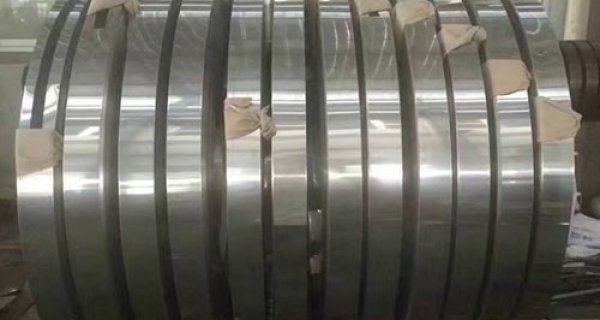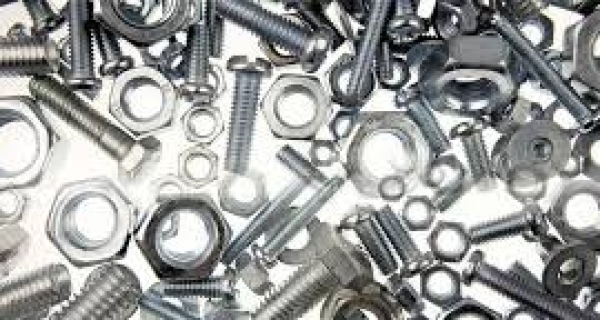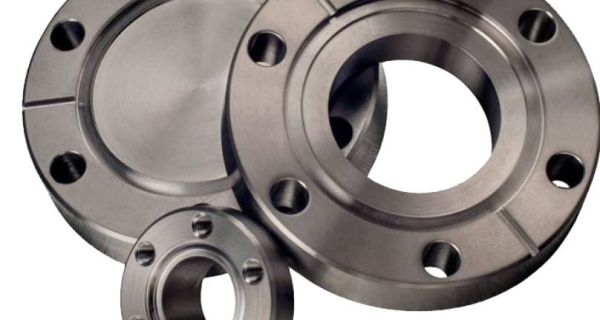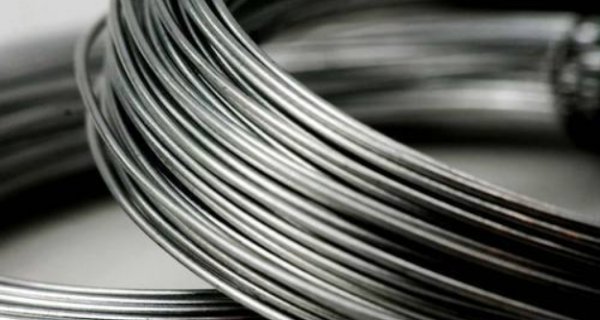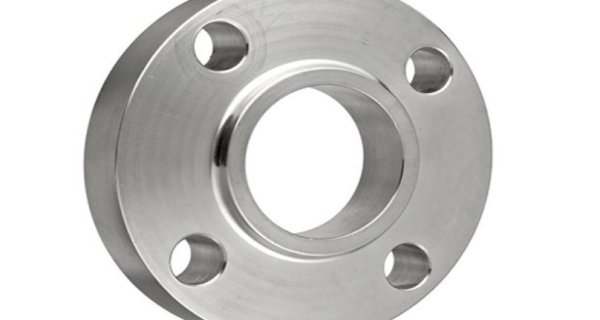The Comprehensive Guide of Steel Plate Weight Chart in kg, mm
When it comes to construction and engineering projects, steel plates are a common material choice due to their strength and durability.
Posted 2 years ago in International, updated 2 years ago.
When it comes to construction and engineering projects, steel plates are a common material choice due to their strength and durability. To ensure that steel plates are used effectively in any project, it's essential to have accurate information about their weight in different dimensions. This Steel Plate Weight Chart in kg, mm provides you with a handy reference for various steel plate sizes and their corresponding weights in kilograms (kg) per millimeter (mm) of thickness.
Steel Plate Weight Chart in kg, mm Calculation
Here is Steel Plate Weight Calculation Formula in kg:
Weight (kg) = Length (mm) × Width (mm) × Thickness (mm) × Density of Steel (7.85 g/cm³)
Here, the density of steel is taken as 7.85 grams per cubic centimeter (g/cm³), which is the approximate density of mild steel.
Importance of Knowing Steel Plate Weight Chart
Knowing the Steel Plate Weight Chart is crucial for several reasons:
Structural Integrity: It ensures that the structure is designed to bear the expected load without compromising its integrity.
Material Cost: Accurate weight calculations help in estimating material costs, which is essential for budgeting and project planning.
Safety: Proper weight distribution is crucial for the safety of the structure and the people working on or around it.
Transportation: Understanding the weight of steel plates is vital for transportation and logistics planning, as it affects the choice of equipment and methods used for moving the plates.
Environmental Impact: Accurate weight calculations contribute to reducing waste and minimizing the environmental impact of a project.
Types of Steel Plates
Steel plates come in various types and grades, each designed for specific applications. Here are some common types of steel plates and their typical uses:
Mild Steel Plates: These are the most common type of steel plates, known for their versatility and affordability. They are used in general construction, manufacturing, and fabrication.
High-Strength Low-Alloy (HSLA) Steel Plates: HSLA plates offer higher strength and improved corrosion resistance compared to mild steel. They are used in structural applications where weight savings and durability are important.
Abrasion-Resistant Steel Plates: These plates are designed to withstand wear and abrasion, making them suitable for applications like mining equipment, conveyor systems, and industrial machinery.
Boiler and Pressure Vessel Steel Plates: These plates are specially designed to withstand high-pressure and high-temperature conditions, making them ideal for use in boilers, pressure vessels, and heat exchangers.
Shipbuilding Steel Plates: Shipbuilding plates are used in the construction of ships and marine structures. They are chosen for their strength, corrosion resistance, and weldability.
Weathering Steel Plates: Weathering steel, also known as corten steel, is designed to develop a protective rust-like surface when exposed to the elements. It's commonly used in outdoor structures and artistic sculptures.
Standard Steel Plate Sizes
In addition to thickness, steel plates come in standard sizes, typically measured in millimeters. Common plate sizes include:
1000x2000 mm
1250x2500 mm
1500x3000 mm
2000x4000 mm
Custom sizes can also be ordered to meet specific project requirements.
Steel Plate Weight Chart in kg, mm
Below is a comprehensive chart that lists common steel plate sizes and their respective weights per millimeter of thickness. Please note that the values provided are approximate and can vary depending on the specific grade and composition of the steel plate.
This chart should help you quickly determine the approximate weight of a steel plate based on its dimensions like Steel Plate Weight per meter. Keep in mind that these values are for mild steel plates and may not be accurate for plates made from different types of steel.
See Examples of Weight Charts in Project Piping.
Handling and Storage
Proper handling and storage of steel plates are essential to maintain their quality and prevent accidents. Consider the following tips:
Lifting Equipment: Use appropriate lifting equipment, such as cranes or forklifts, to move heavy steel plates safely.
Stacking: When stacking plates, ensure they are supported evenly and secured to prevent shifting.
Storage: Store steel plates in a dry, well-ventilated area to prevent rust and corrosion. Use appropriate racks or pallets to keep them off the ground.
Labeling: Clearly label plates with their dimensions, weight, and material grade for easy identification.
Weight Tolerance
It's important to note that steel plate weights can have a tolerance, which may vary based on manufacturing standards and specifications. Be sure to check with your supplier or manufacturer for the specific weight tolerance applicable to your steel plates.
Conclusion
This Steel Plate Weight Chart in kg, mm serves as a valuable resource for engineers, architects, and project managers involved in construction and engineering projects. It provides a quick reference to estimate the weight of steel plates, facilitating efficient project planning and execution. However, it's important to verify the accuracy of the weight with the specific steel grade and composition being used for your project.
Understanding the weight of steel plates and their various types and applications is fundamental for any construction or engineering project. Accurate weight calculations, proper handling, and knowledge of steel plate types and sizes contribute to the success and safety of these projects.
